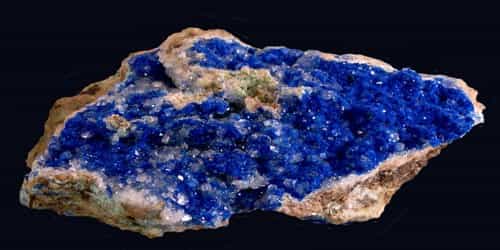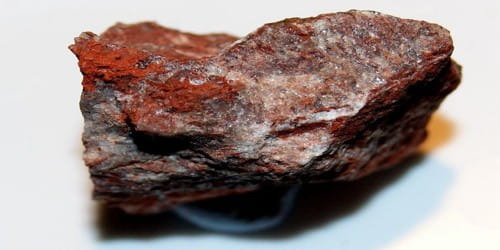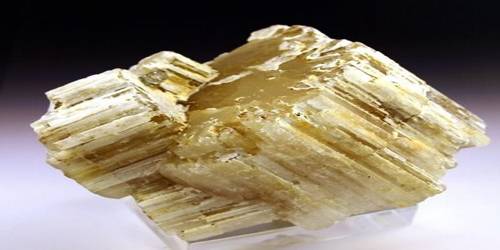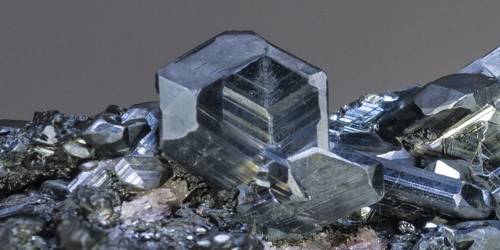Kinoite [Ca2Cu2Si3O8(OH)4] or [Ca2Cu2Si3O10·2H3O] is a light blue copper silicate mineral. It is somewhat scarce. It is a monoclinic-prismatic azure blue mineral containing calcium, copper, hydrogen, oxygen, and silicon. It is an attractive copper mineral. Its general light blue color is significantly different from other dark blue copper minerals such as azurite, linarite, papagoite, liroconite, connellite, and others.
It was named for Father Eusebio Francisco Kino, a Jesuit pioneer of the Sonora-Arizona-California area. Found only in Japan and the United States, Kinoite is a rare mineral that occurs in vugs and veins through skarn and in pockets in basaltic lava flows.
General Information
- Category: Sorosilicate
- Formula: [Ca2Cu2Si3O8(OH)4]
- Crystal system: Monoclinic
- Crystal class: Prismatic (2/m) (same H-M symbol)
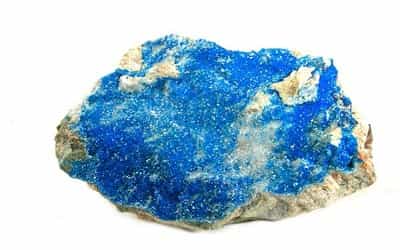
Fig: Kinoite
Properties
It has a monoclinic crystal system, vitreous luster, and is transparent to translucent. It can be found in the Santa Rita Mountains, the Christmas Mine at Christmas, Arizona, and a few other copper mines. Kinoite is popular with mineral collectors.
- Color: Transparent deep blue
- Cleavage: excellent {010}, distinct {001} and {100}
- Mohs scale hardness: 2 1⁄2
- Luster: Vitreous
- Diaphaneity: Transparent
- Specific gravity: 3.13 – 3.19
- Optical properties: Biaxial (-)
Occurrence: In vugs and veinlets in skarn (Santa Rita Mountains, Arizona, USA); in amygdules in basaltic lava °ows (Calumet, Michigan, USA).
It is found in only a few localities around the world and most good specimens seem to come from the Christmas Mine in Gila County, Arizona.
Kinoite can be found as very rosette that is small that will be comparable in appearance to clusters of Cavansite. Kinoite is also highly pleochroic showing colors from pale blue or pale greenish blue to a blue that is deep.
Information Source:
